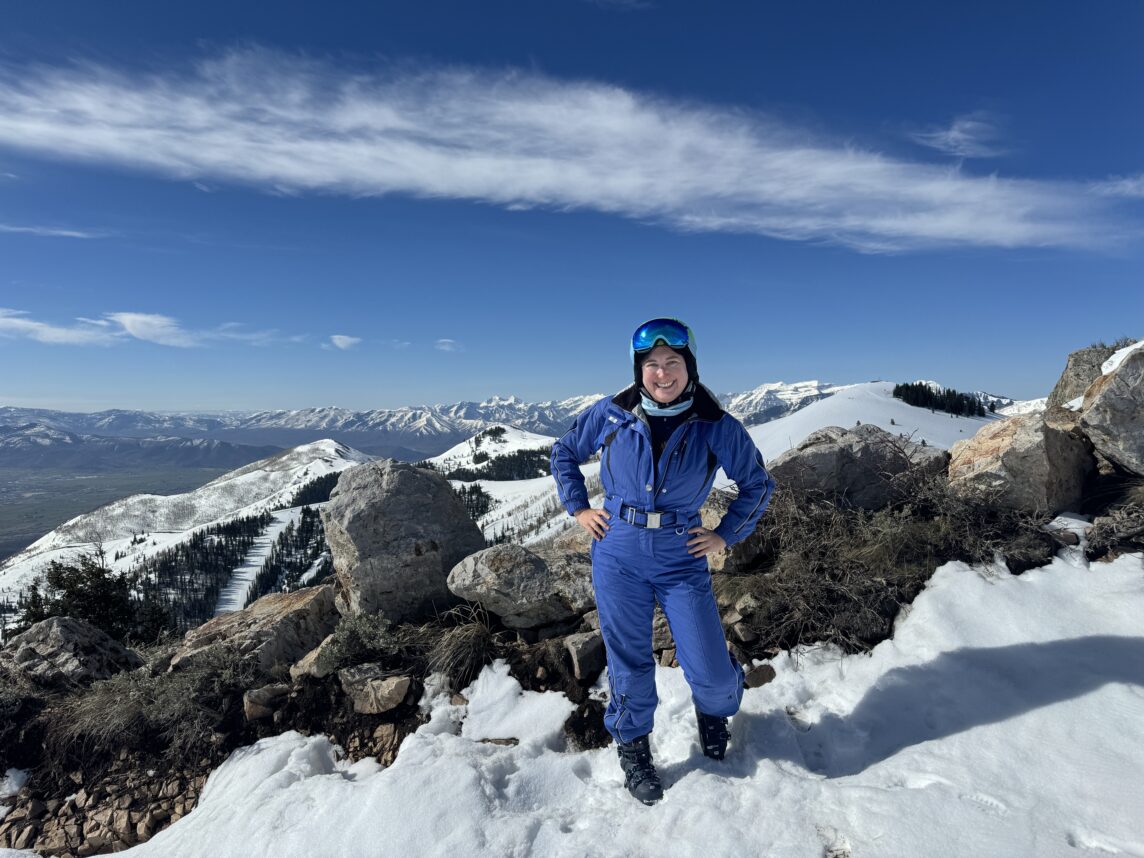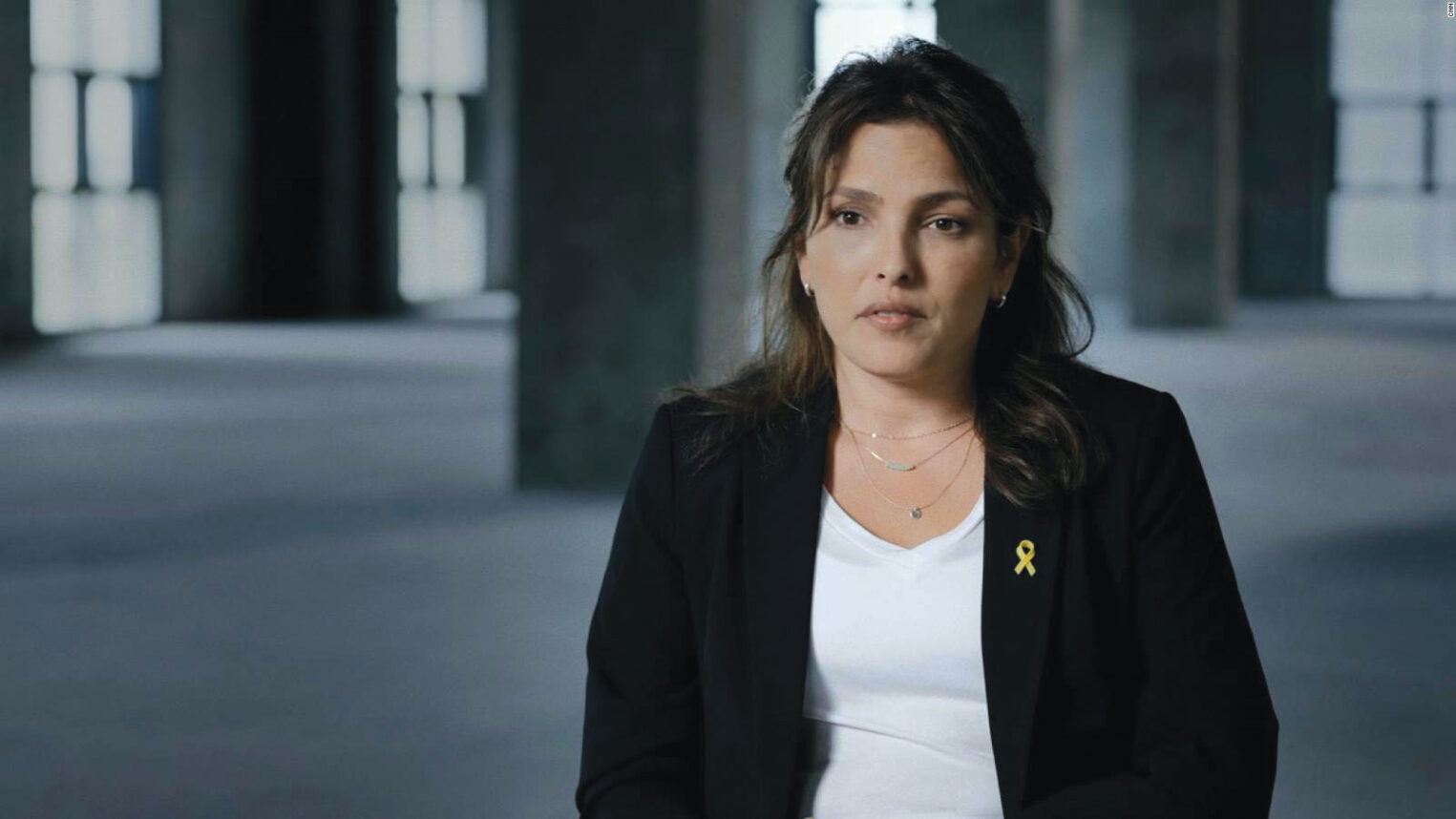One of the biggest dangers for children during summer is drowning. Some people think enclosing a pool with a fence or covering it with a pool cover will render the area safe, but fences are accidentally left open and covers can be left off.
The only real solution is to teach children water safety and swimming, and the time before summer hits is the best to teach kids to swim. But you don’t necessarily need a school or private teacher.
4 months to 24 months
The age we recommend introducing children to swimming is 4 months old. At this age, babies are not really swimming, but they can move underwater and learn not to be afraid of the water.
Until the age of 2, it’s hard for a child to pick up his/her head and breath while swimming. What you should teach an infant to do is — after falling in the water — how to turn around and swim to the side of the pool. Even though, it is hard for them to climb up at this age, they can get to the side of the pool and cry for help.
The way we work with babies is by counting one, two, three, blowing air on their face — so they will close their eyes and mouth by reflex action — and then we take them underwater. After the baby is comfortable in the water and under the water, we start working on kicking. Hold their legs and move them up and down to get the baby used to the motion.
Next we let a baby sit on the side of the pool, hold them, count to three and put the child under the water for two seconds. By that point the baby should be kicking. If not, repeat the above steps over again. It is important to stay very calm with your baby and do everything slowly so the baby will feel comfortable and secure.
Ages 2 and Up
Older than 2, there are a few different ways to teach swimming.
1) Throw the kid into the water.
While this is the old way and could be very traumatic, it actually works 70 percent of the time. The other 30 percent, the child becomes very traumatized, and typically it is then very hard to acclimate them to the water after that experience. I don’t recommend this method. Even though it is fast, the dangers are greater than the rewards.
2) Learning with floaties.
This is an easy technique to teach, but could be very dangerous. Since the child learns to rely on the floaties, if your child ends up in the water alone he/she won’t be able to swim. This method is fast, but the transition to swimming without them could take very long. The way to do it with Floaties is to teach the kids to kick with straight legs over the water and to make long strokes with outstretched arms while their face is in the water.
3) Teach kids to swim without floaties from the beginning.
(Please note: children need to be held and supervised closely at all times in the water until they know how to swim. It is OK to use floaties when the kids are just playing in the water.)
First stage: Teach the child to put his/her face in the water. Then teach the child to kick while holding the edge of the pool or steps. From there, teach your child how to do long strokes with hands while sitting on the steps. After mastering these skills, move to the second stage.
Second stage: Stand two feet away from the steps and tell your child to put his/her face in the water, push and swim to you. Slowly, take another (and another) step back so your child can swim to you. Be aware that this takes time. You have to go through the basic steps over and over again before you let your child try on his/her own. In practice, we hold the child by the hips, letting him or her practice arm strokes and kicking.
Usually, if the child is not afraid to put their face in the water, we can teach him or her to swim in six to 12 lessons of 30 minutes each. It could take you a little longer.
Gal and Galia Yardeni are sports teachers with bachelor’s degrees in sports education from Wingate University in Israel. They own and operate a swim school in Los Angeles and specialize in early childhood development. Galia Yardeni was an Israeli swim champion. She teaches kids through fun and games. For more information, call (310) 739-7257.
Â






















 More news and opinions than at a Shabbat dinner, right in your inbox.
More news and opinions than at a Shabbat dinner, right in your inbox.